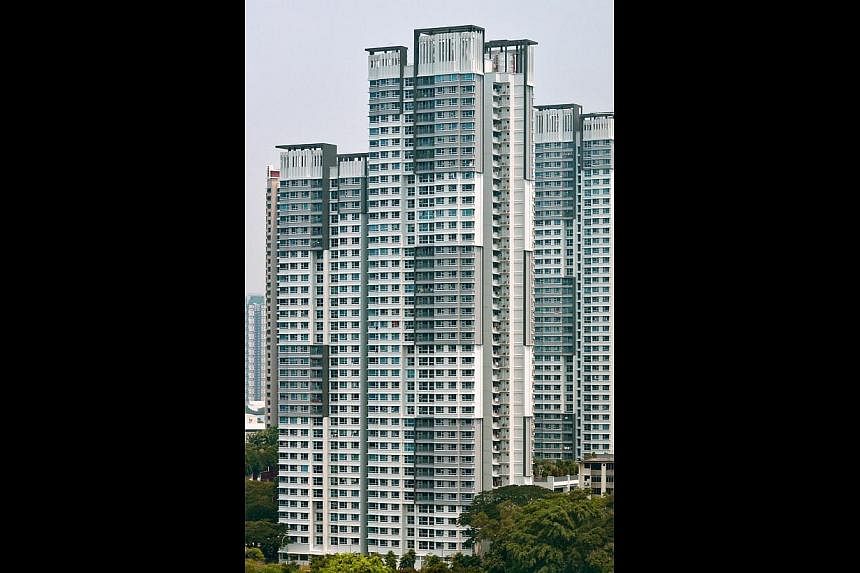Policymakers need to consider the relationship between home ownership and asset appreciation.
As the majority of Singaporeans became home owners, policymakers may have conflated the goal of home ownership with that of asset appreciation. This is mostly misguided. While house price inflation provides a boost to consumption because of the wealth effect, this benefit has to be weighed against its costs.
Not only do rising house prices cause anxiety for new households looking for a home, but they also have socially corrosive effects. For example, if house prices increase more rapidly than wages over a sustained period, people may begin to view financial speculation or investing in property as a more reliable way of securing income gains than through their own labour.
The increase in speculative activity and the shift in social attitudes with respect to how money can be made (rental income and capital gains instead of wages) erode society's work ethic, increase status competition and envy, and divert society's resources from productive activities to less productive and potentially destabilising ones.
The basic dilemma for our housing policymakers is that, as Singapore is a global city with liberal immigration policies for highly skilled individuals and open capital markets, its high-end private property prices will rise towards those in other global cities. These forces in turn exert upward pressure on mass market private home prices and, to some extent, HDB resale prices.
In the context of Singapore's new status as a global city, the Government has to be a lot more deliberate and activist in managing both HDB and overall house price appreciation. Sky-high private property prices exacerbate the sense of inequality, reduce social mobility, and increase the risks of destabilising housing booms and busts. These structural changes suggest that a new paradigm in public housing is needed. This paradigm should include the following features. First and foremost, the HDB should once again embrace affordable housing for the majority of Singaporeans as its primary mission. While improvements in the design of HDB flats are desirable, they should not come at the expense of affordability.
To ensure affordability, the Government should strive to keep the house affordability index - the ratio of house price to the buyer's annual income - well below four, preferably around three. A new four-room HDB flat in Pasir Ris is priced at about $300,000. This is five times the median household's annual income of $60,000, well above what financial advisers consider prudent. Such flats should be priced closer to $200,000.
In a similar vein, entry-level three-room flats should be affordable for the 21st-30th percentile of households with annual incomes of around $40,000. This suggests a new flat price of around $120,000, which was the price of such flats about a decade ago. Given the real possibility of slow median wage growth relative to house prices, the first order of business for the HDB should be to restore and sustain the affordability of housing for the majority of citizens.
Second, to manage property prices more generally, the Government should consider setting itself a general house price inflation target. This target should comprise of inflation targets for public housing and inflation targets for private housing. The HDB flat inflation target could, for instance, be set at levels consistent with (expected) median wage growth. Above this inflation target, the Government should have to explain why it exceeded the target. Compared with other markets, the housing market is particularly prone to speculative booms and busts. This makes it even more critical for the Government to take proactive steps to prevent house prices from rising excessively, and to pre-empt housing bubbles from developing.
With general inflation, it may not be realistic for the Government to adopt inflation targets as Singapore imports almost all its goods (and many of its services) and therefore has little control over externally induced price increases, other than through appreciation of the exchange rate.
With home prices, however, it is quite reasonable for the Government to consider adopting inflation targets. Not only is the Government the biggest landlord by far, but it also has a number of microeconomic and regulatory tools at its disposal to affect the rate at which home prices are increasing.
Third, public housing policy needs to be rethought in the context of demographic and economic changes. When the population was young and incomes were rising across the board, public housing was an efficient and incentive-compatible way of spreading the fruits of economic growth. It was also a good way of helping Singaporeans achieve social mobility and build up their assets for retirement.
The rapid ageing of the population also suggests that the focus of government policy has to shift from enabling asset accumulation to helping Singaporeans unlock and monetise their housing assets. At the same time, slower income growth and relative wage stagnation for a sizeable segment of the workforce highlight the need for more social transfers. No longer can public housing serve as the de facto instrument of income redistribution.
The writer is the associate dean for research and executive education at the Lee Kuan Yew School of Public Policy. This is an excerpt of a paper he prepared for the Institute of Policy Studies in 2011.

